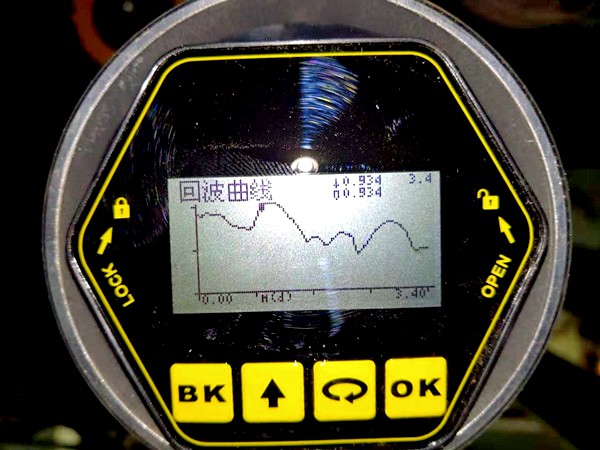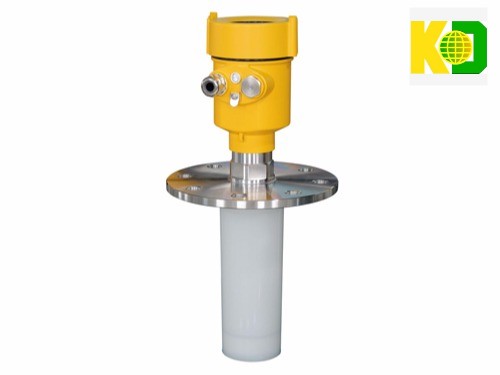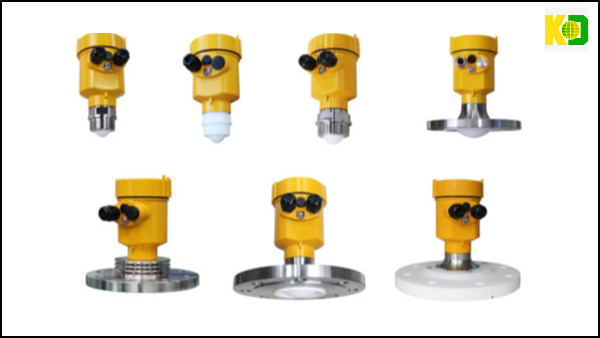BETTER TOUCH BETTER BUSINESS
Contact Sales at KAIDI.
In past articles, I have introduced you to the radar level meter by the influence of interference echo will produce a variety of failures, but has not been written about the type of interference echo which kinds, corresponding to the causes of its generation is what, and which kinds of methods can suppress interference echo? Today we will give you a detailed science!
We always emphasize that in order to understand the instrument-related knowledge, regardless of any kind, we must first understand the principle, in order to better understand other information. The measurement principle of the radar level meter is that the antenna receives the reflected signal of the radar pulse and sends the reflected signal to the instrument, and the microprocessor of the instrument analyzes the signal and identifies the actual echo of the radar pulse signal on the material surface. The distance from the instrument to the material surface is proportional to the propagation time of the pulse signal. At the same time, the reflection strength of radar wave on the surface of liquid is also related to the dielectric constant of liquid, the greater the dielectric constant of liquid, the greater the reflection, the stronger the wave and the weaker the transmission.

Generally speaking there are three types of interference echoes, let's introduce which are all and what are the reasons for their generation. The first type is foreign object echo, foreign object echo is generated because in the actual measurement process, due to the limitation of the radar antenna beam angle, the actual direction of radar wave propagation is fan-shaped, such as foreign objects in the tank or when the liquid radar level transmitter price drops, the agitator hits the liquid surface, it will send a strong foreign object echo. The second is multiple echoes, when the liquid surface is close to the transmitting end of the antenna, due to the high intensity of the echo, the reflected wave will form multiple reflections at the top of the tank and the liquid surface, forming multiple echoes. The third is the tank bottom echo, when the liquid level is close to the bottom of the tank, because the liquid level drops, the consumption of radar waves by the liquid decreases, so part of the radar waves pass through the liquid surface and reflect the bottom of the tank at the liquid surface, thus forming the tank bottom echo. Generally measured by the high dielectric constant of the medium, this tank bottom echo will not be generated.

For the problem of interference echo, there are two methods to effectively suppress it. The first is the static algorithm of interference echo suppression, including the inherent noise profile method and the specific suppression curve method. The former mainly suppresses the low intensity small echoes and multiple echoes, which is to eliminate the inherent interference noise in the tank. In general, the amplitude of bottom echoes and multiple echoes will not exceed the intrinsic noise profile unless the liquid level is at the bottom and top of the tank. For the latter, for foreign object echoes, such as radar waves hitting baffles and tank wall welds, the echoes will be larger and generally exceed the intensity of the intrinsic noise curve. Therefore, for such echoes when the instrument is put into operation, a specific suppression curve must be plotted above the intrinsic noise curve inside the transmitter during the commissioning phase. It is stipulated that only when the echo intensity is greater than the specific intensity of the suppression curve, it is judged to be a real echo. Second, the dynamic multi-channel echo vector tracking algorithm. The dynamic algorithm performs marker tracking for each echo within the measurement range, and based on the analysis of big data, it is reasonable to say that there will be no wave loss whether the level amplitude is in suppression or out of suppression.

We are here to help you! If you close the chatbox, you will automatically receive a response from us via email. Please be sure to leave your contact details so that we can better assist